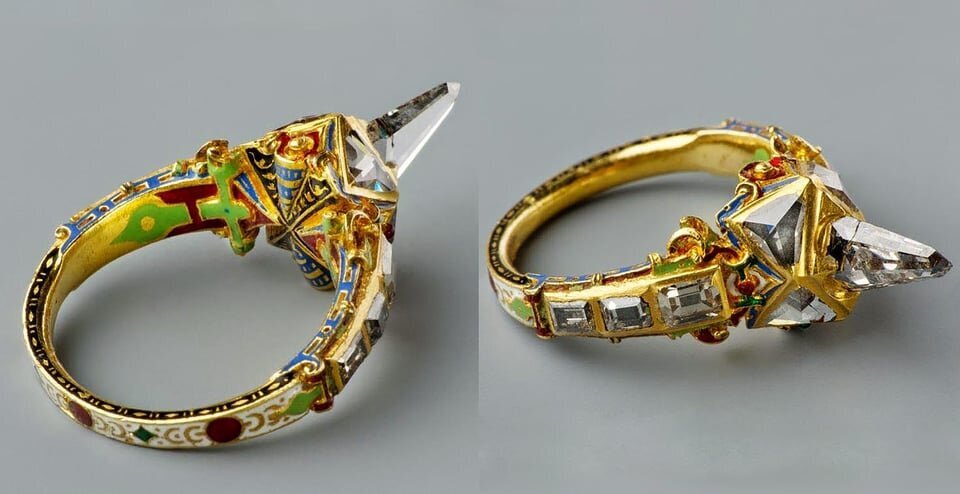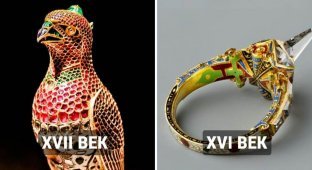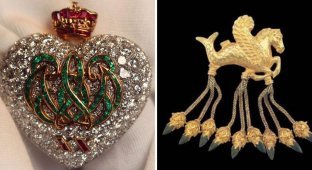18 jewels from different eras (19 photos)
Ancient jewelry is not only a symbol of decoration, but also a valuable source of information about the culture and values of various civilizations. Since ancient times, people have decorated themselves, their surroundings and their homes with unusual items made from expensive metals and stones, reflecting their attitude to beauty and luxury. 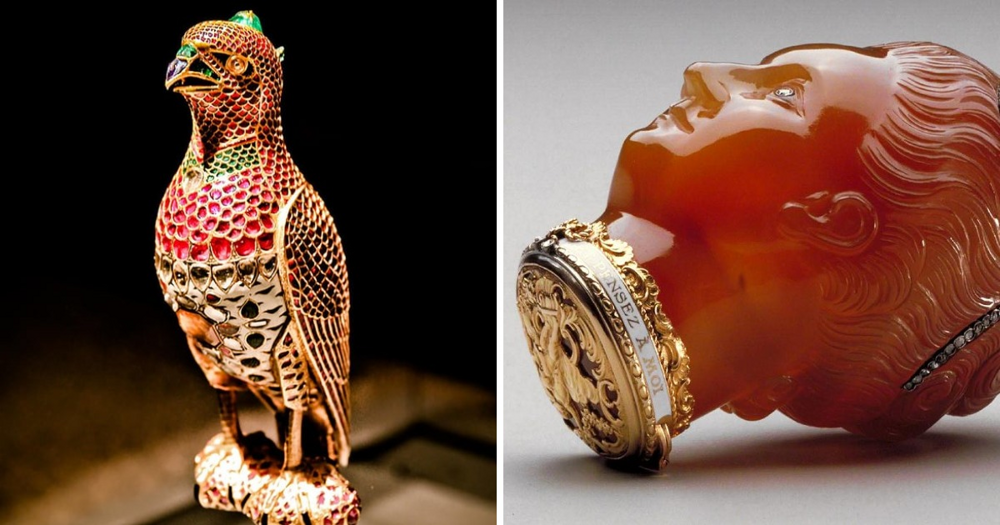
However, it is worth noting that these jewels were not only decoration, they often also had deep symbolic and religious meaning. Where would we be without this?
Studies of human history prove that the desire for beauty was inherent in all people and at all times. Both the Romans and Egyptians, as well as representatives of various Chinese dynasties, as well as many other peoples, loved beautiful things. Below you can see photos of various jewelry of past eras, which are clear evidence that our ancestors could not imagine their life without gold and precious stones.
17th century Mughal flask made of jade and gold, decorated with emeralds and rubies 
The Great Mughals were the rulers of the Mughal Empire, which ruled from 1526 to 1857. It existed in the territory of modern India, Pakistan, southeastern Afghanistan and Bangladesh.
Perfume box made of agate and mother-of-pearl in gold frame, Germany, mid-18th century 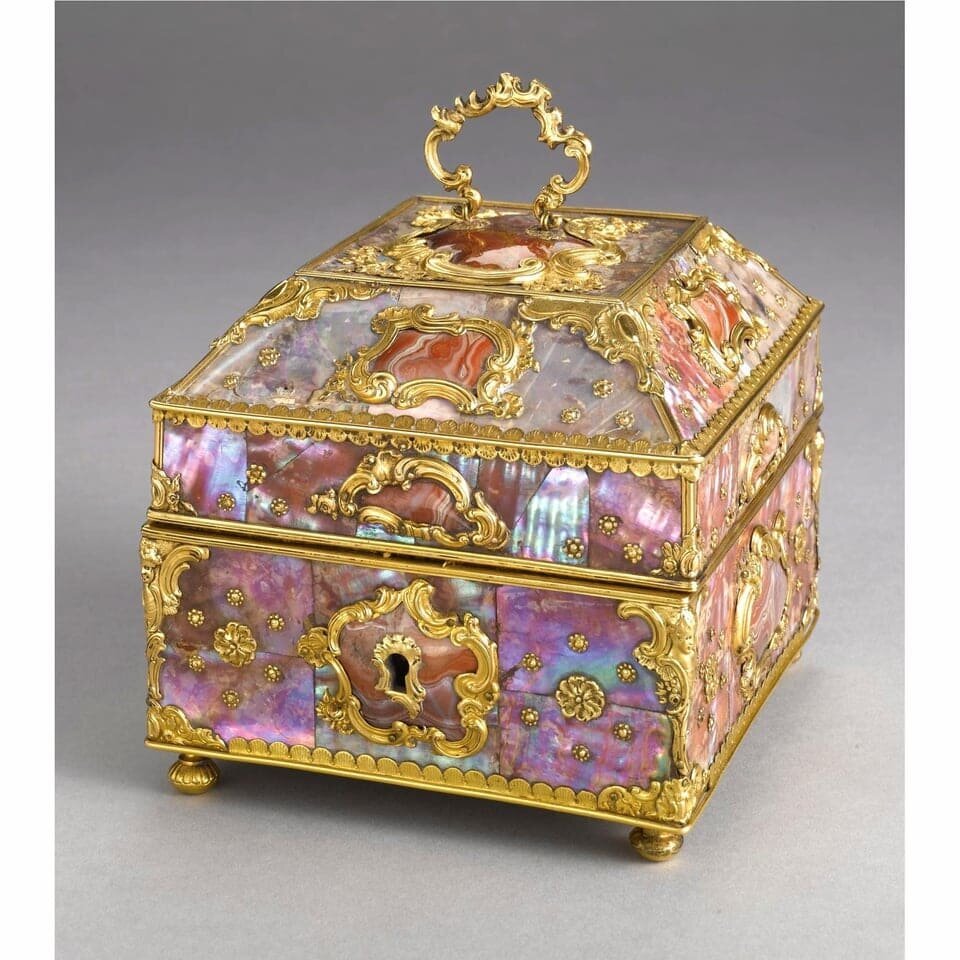
Great Torc of Snettisham (East Anglia), made from a kilogram piece of gold, approximately 1st century BC 
The Great Torque is an intricately crafted crescent moon necklace that was discovered completely by accident by an ordinary farmer in 1950.
Amethyst grapes with jade leaves, China, Qing Dynasty, 19th century 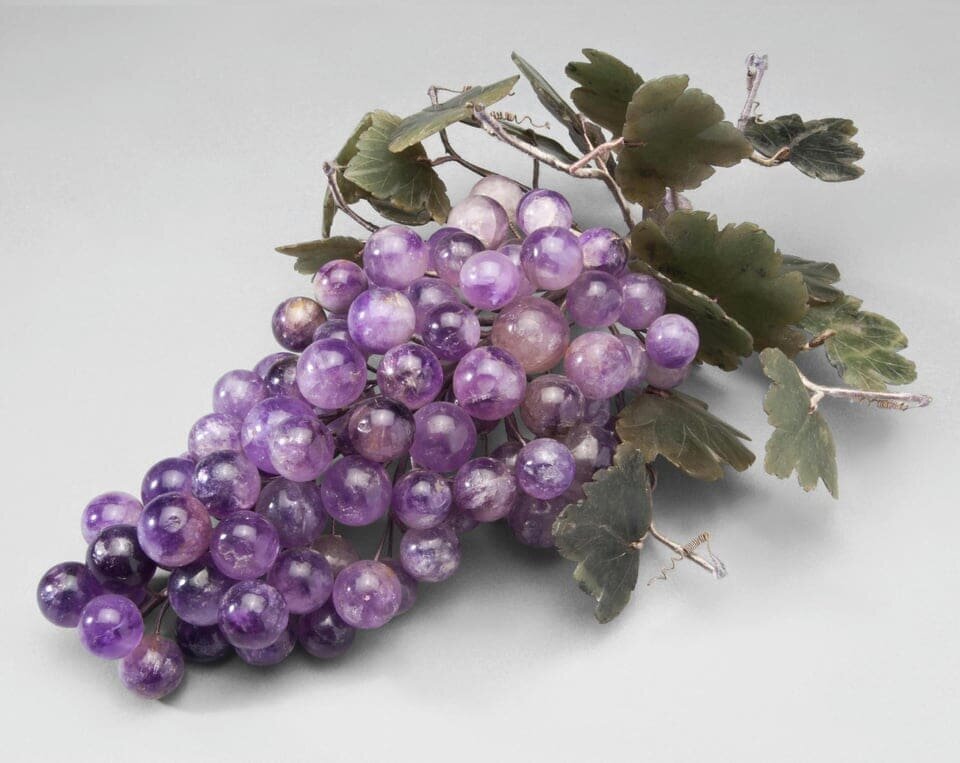
Byzantine gold body chain, 600 AD 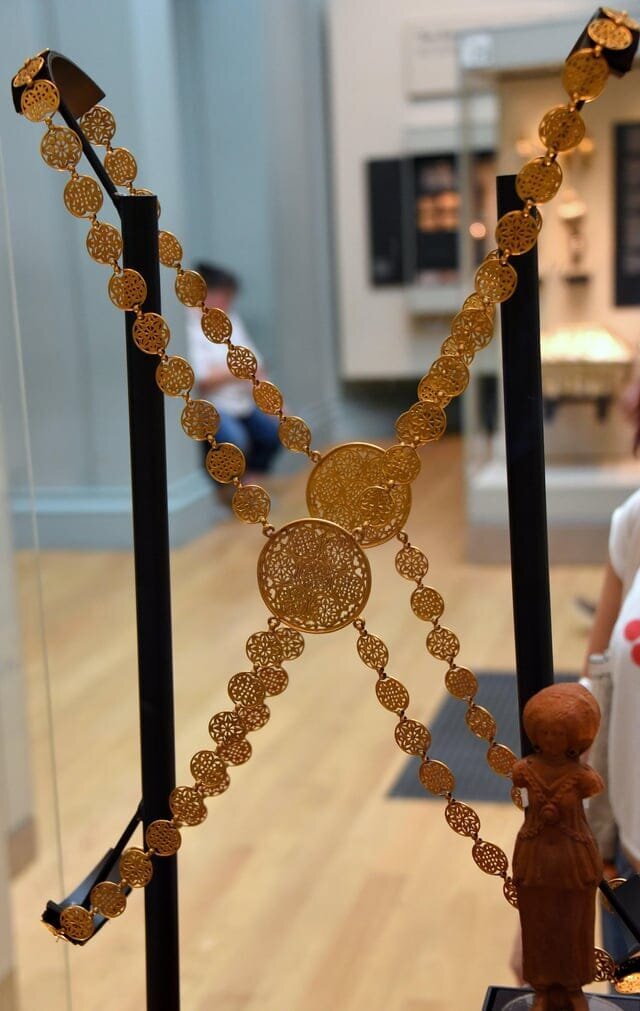
This chain of interconnected medallions is the largest piece of jewelry to survive from the Byzantine Empire. It was worn on the shoulders and hips.
Ancient garnet ring that probably depicts the first Roman emperor, 20 BC 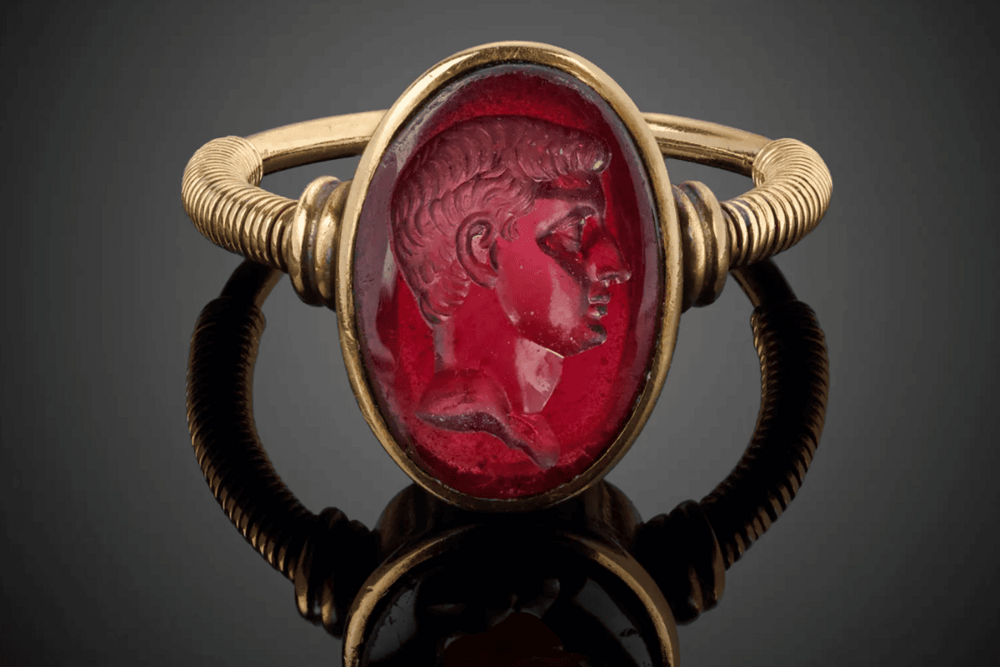
There is an assumption that Augustus is depicted on the intaglio garnet seal. Scientists believe that the ring is about 2000 years old.
Golden sandals, Egypt, 1479–1425 BC 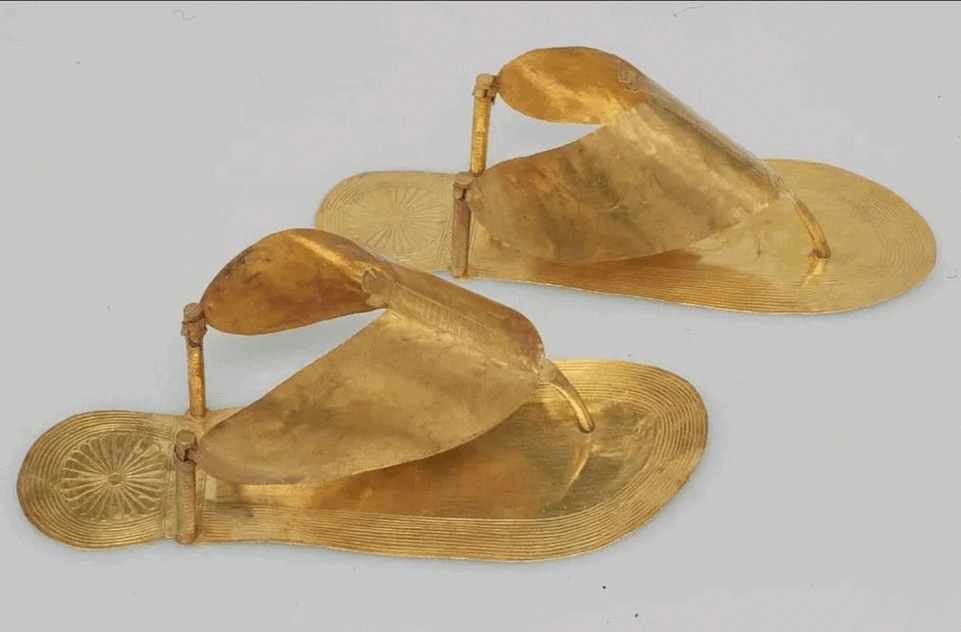
Gold funerary mask with earrings, Mongolia or Northern China, Liao Dynasty, 916–1125 AD 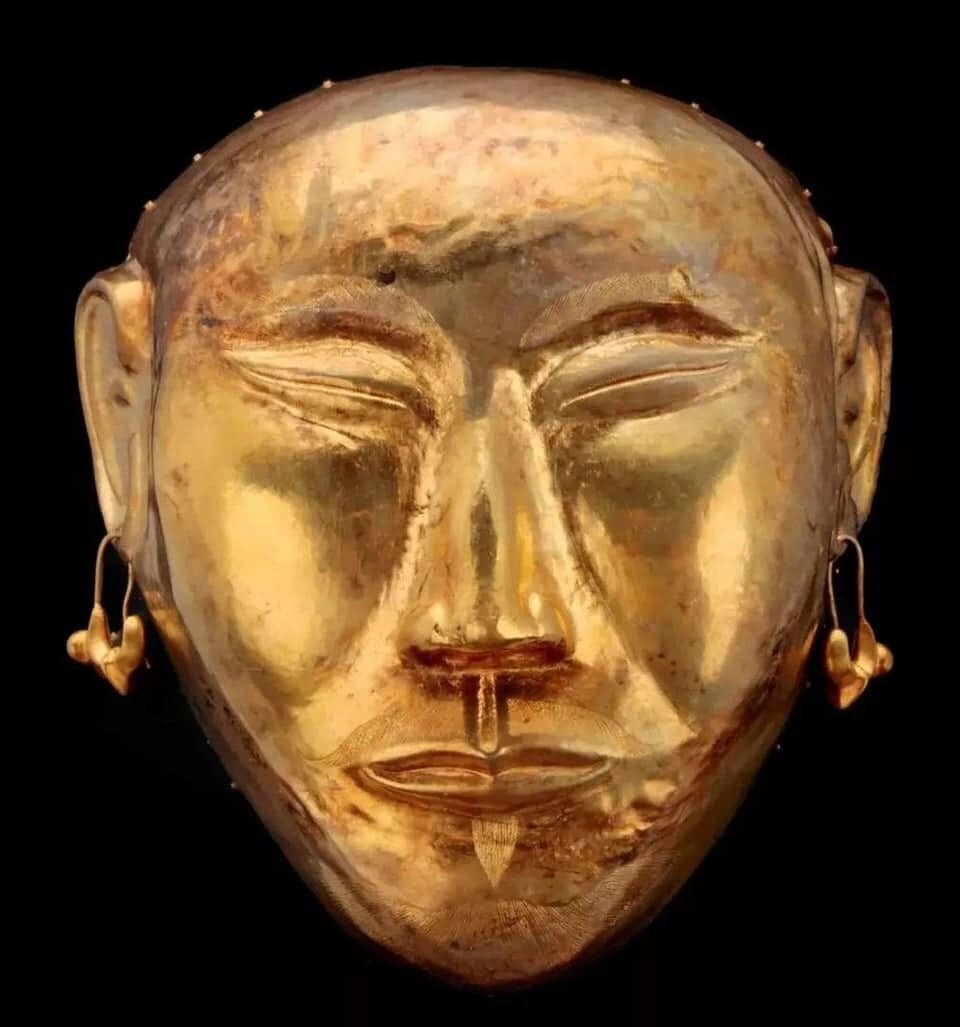
The Liao Empire was a state formed by Mongol-speaking nomads. For many years they occupied the vast expanses of Northeast China.
Gold leaf of the crown used at the coronation of Napoleon I, 1804 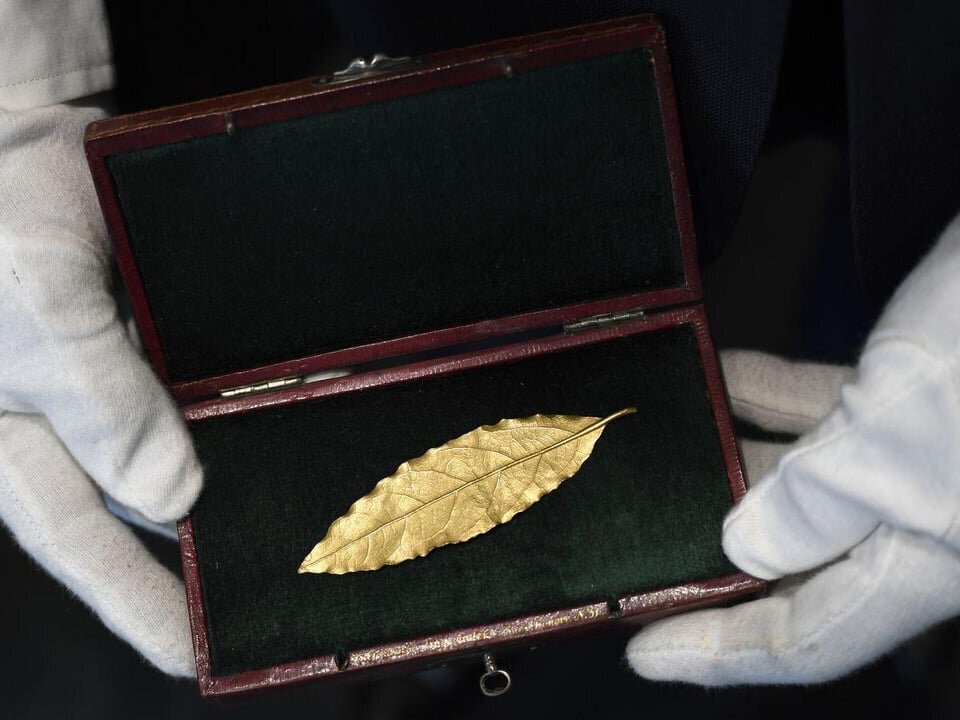
The jewel has been preserved in a single copy.
Perfume holder in the shape of a golden lotus, India, 1875 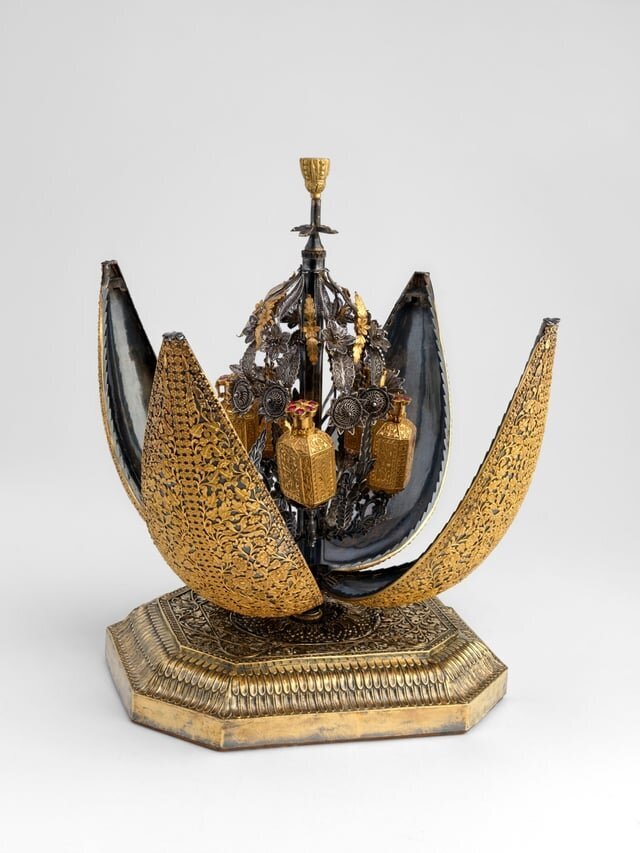
Mughal Jewel Falcon, India, 1640 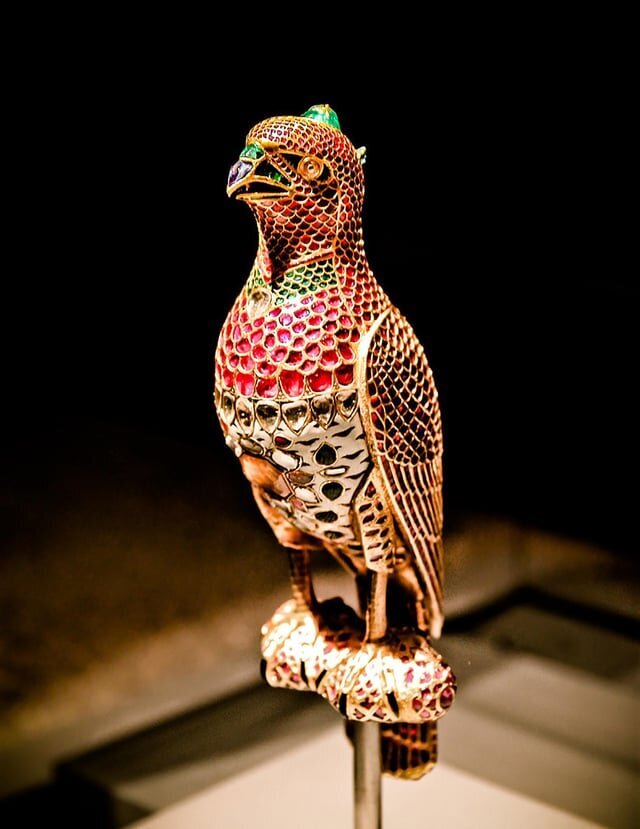
The product is made of gold with enamel, rubies, emeralds, diamonds, sapphires and onyx.
Papal tiara made of silver with precious stones and pearls in the treasury of St. Peter in the Vatican, 18th century 
Agate men's snuff box in the shape of a woman's head. A gift commissioned by a lady for her lover, 18th century 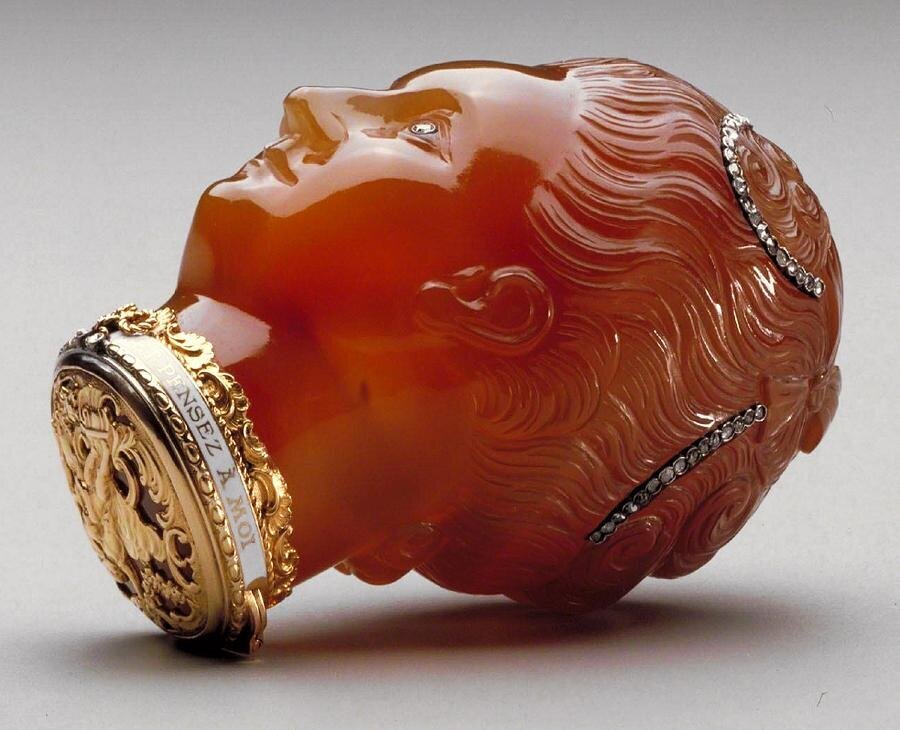
Carolingian brooch. Made of gold, garnets and other precious stones, 750-1000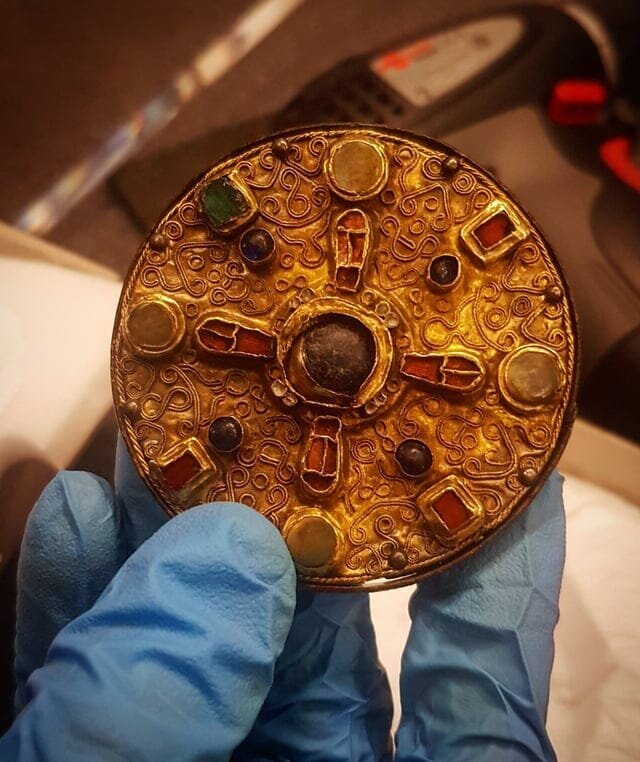
Gold earring with a decorative butterfly. Korea, Goryeo dynasty, 10th-14th centuries 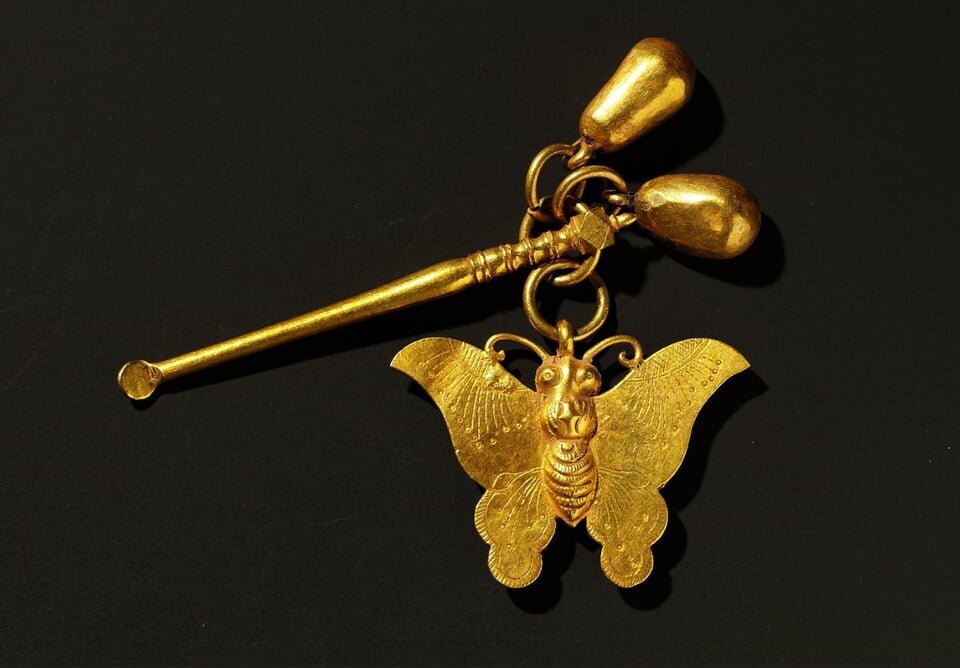
Goryeo is a state that existed on the Korean peninsula until 1392.
Memento Mori clock that belonged to Mary, Queen of Scots, 1500s 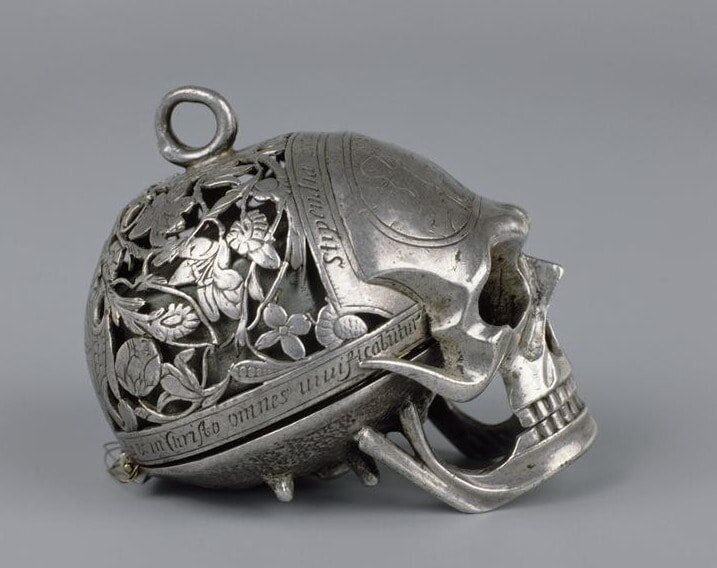
At the base of the skull is engraved a verse from Horace: "Pale death with an impartial foot visits the huts of the poor and the castles of the rich."
Corsage decoration in the form of a female dragonfly, France, 1897 
Ring of Matthias de' Medici (son of the Tuscan ruler), late 16th century, Southern Germany 